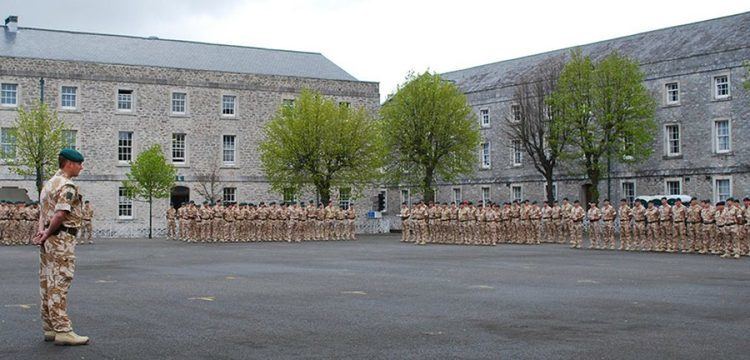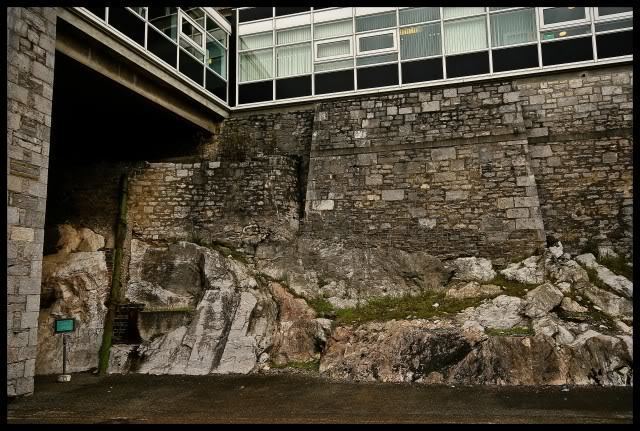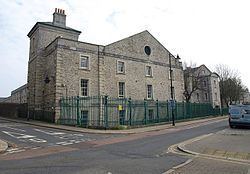Type Royal Marines Base In use 1756-Present Year built 1756 | Built for Admiralty | |
 | ||
Royal marines cadets plymouth passing out parade stonehouse barracks
Stonehouse Barracks is a military installation at Stonehouse, Plymouth. It is the home of 3 Commando Brigade and referred to by commandos as 'the spiritual home of the Royal Marines'.
Contents
- Royal marines cadets plymouth passing out parade stonehouse barracks
- Stonehouse barracks based 3 commando brigade on patrol in helmand province afghanistan
- History
- Significance
- References

Stonehouse barracks based 3 commando brigade on patrol in helmand province afghanistan
History
The earliest parts of Stonehouse Barracks date from 1756, but the main phase of construction was undertaken between 1779 and 1785 by James Templer and Thomas Parlby, with later additions in the 19th century. The barracks were known in the early 19th century as Mill Bay Barracks.

The buildings became the headquarters of the Plymouth Division of the Royal Marines. Although the divisional structure of the Royal Marines was dismantled during the Second World War, the barracks remain in use as headquarters of 3 Commando Brigade.
Significance

Since the Corps' foundation in 1664, Marines have been quartered in Plymouth. Following their formation into three divisions in 1775, His Majesty's Marine Forces became the first corps in Britain to be fully accommodated in their own barracks, which were established in the three divisional towns of Chatham, Portsmouth and Plymouth; Stonehouse is the only one of these to have survived.

The barrack range on the east side of the parade ground, together with short officers' blocks to the north and south, formed the core of the original 1780s barracks complex; it is said to be one of the earliest surviving barracks for a large unit of men in England. The south range was extended, and the north entirely rebuilt, as part of the expansion of the barracks in the 1860s. The archway block on Durnford Street, which closes off the eighteenth-century quadrangle, also dates from this period (1867-71); the range consists of a series of officers' houses and administrative offices with a chapel (originally a schoolroom) above the central entrance arch. A rare survival from the 1830s is a former racquet court, which was later converted into a theatre.
At a short distance from the main quadrangle stands the building known as the Longroom, built in 1760 as Assembly Rooms and purchased from the town council in 1805 to serve as an officers' mess; it later served as a school and an infirmary, and is currently a gymnasium.
As a whole, Stonehouse is described as "the oldest and most important group of barracks in England not forming part of a fortification, a very rare example of C18 planning, and a complex of great historic value".
In September 2016 it was announced that Stonehouse Barracks were to be sold off by the Ministry of Defence.
